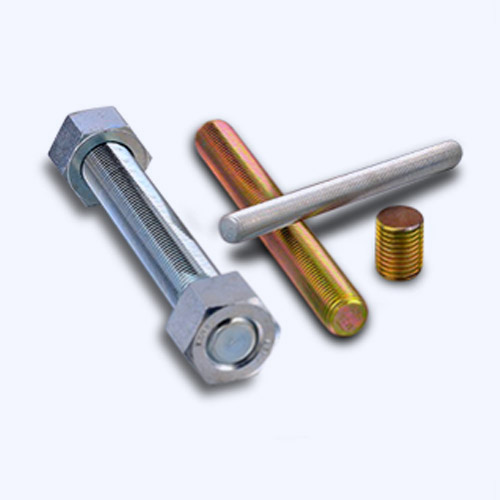Exploring Various Types of Tube Fittings for Optimal Fluid and Gas Connections in Engineering Applications
Different Types of Tube Fittings An Overview
Tube fittings are essential components in various piping systems used in industries ranging from manufacturing to pharmaceuticals. These fittings allow for the reliable connection of two or more tubes, ensuring the efficient transfer of fluids or gases. With a multitude of designs available, understanding the different types of tube fittings is crucial for selecting the right component for specific applications. Here, we will explore the major categories of tube fittings, their characteristics, and their typical uses.
1. Compression Fittings
Compression fittings are among the most commonly used types of tube fittings. They consist of a nut, a ferrule, and a body that securely grips the tube. When the nut is tightened, the ferrule compresses against the tube, forming a tight seal. These fittings are ideal for applications involving moderate pressure and are widely used in hydraulic and pneumatic systems. One significant advantage of compression fittings is their ease of installation; they do not require welding or soldering, making them accessible for quick repairs.
Flared fittings are another popular type, distinguished by their conical shape that creates a strong seal between two tubes. To use a flared fitting, the end of the tube is shaped into a flare using a flaring tool. When connected, the flared end of one tube fits against a matching surface on another fitting, usually secured by a nut. This connection type is prevalent in high-pressure applications, such as refrigeration and automotive systems. Flared fittings excel in providing excellent resistance to vibrations, making them ideal for transportation systems.
3. Push-to-Connect Fittings
different types of tube fittings

Push-to-connect fittings, also known as quick-connect fittings, have gained popularity in recent years due to their straightforward installation process. Users simply push the tube into the fitting, and a set of internal grippers locks the tube in place. These fittings are highly versatile and find applications in fluid power systems, used in both gas and liquid transfer. The ease of use and speed of assembly offered by push-to-connect fittings significantly reduce downtime during maintenance tasks.
4. Welded Fittings
Welded fittings are designed for permanent connections and are typically used in high-pressure and high-temperature environments. These fittings are attached to tubes through welding, making them suitable for structural applications and areas where a secure, leak-free bond is essential. Industries such as oil and gas, chemical processing, and power generation often rely on welded fittings due to their durability and strength.
5. Hose Barb Fittings
Hose barb fittings are characterized by their ribbed design, which provides an effective means of securing a hose over the fitting. These fittings are often used in water transfer and fuel applications. The hose is pushed over the barb, and additional fastening mechanisms (like clamps) can enhance the connection's security. Their simplicity and reliability make them a common choice for various tubing systems.
Conclusion
Selecting the right tube fitting involves considering factors such as application, pressure requirements, and installation ease. Each type of fitting has its unique attributes, making them suited for specific uses. From compression and flared fittings to push-to-connect and welded fittings, knowing the options available ensures that engineers and technicians can design efficient and reliable systems. As industries continue to evolve, advancements in manufacturing technologies will further enhance tube fitting designs, ensuring they meet the growing demands of modern applications. Understanding the nuances of these components is vital for anyone involved in fluid or gas transfer systems.
-
Breakthrough in Domestic Low Temperature Valve Technology in ChinaNewsAug.18,2025
-
From Machinery to Intelligent Brain: The Digital Transformation Wave of the Valve IndustryNewsAug.18,2025
-
PCVEXPO 2025NewsAug.18,2025
-
The Key to Fluid Control: Exploring the Advantages of Ball Valves in Industrial SystemsNewsJul.09,2025
-
The Versatile World of 1, 2, and 3 Piece Ball ValvesNewsJul.09,2025
-
Stainless Steel Ball Valves: The Ideal Choice for Efficient Flow ControlNewsJul.09,2025
-
Optimizing Fluid Control with Ball Float ValvesNewsJul.09,2025




